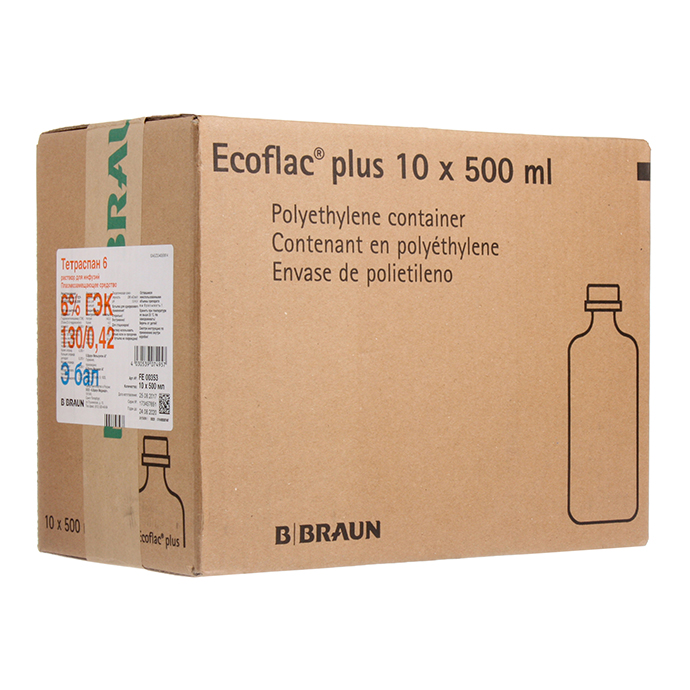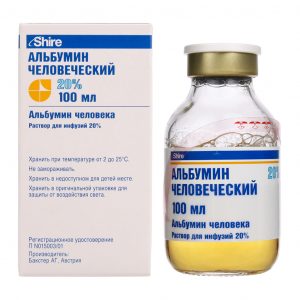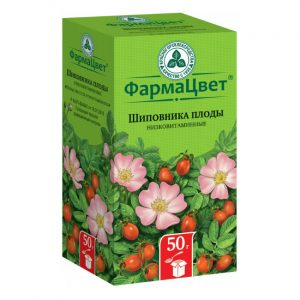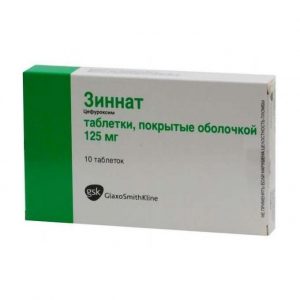Description
Pharmacological action
Tetraspan 6 is a colloidal plasma-substituting solution containing 6% hydroxyethyl starch (HES) in a balanced solution of electrolytes. The average molecular weight of HES is 130,000 daltons the degree of molar substitution is 0.42.
Tetraspan 6 is an isooncotic solution with a 100% volemic effect. The duration of the volemic effect mainly depends on the degree of molar substitution of the HES and, to a lesser extent, on the average molecular weight of the HES.
HES hydrolysis products are oncotically active molecules excreted by the kidneys.
Tetraspan 6 may decrease hematocrit and plasma viscosity. With isovolemic administration, the volume-replacing effect persists for at least 6 hours.
The composition of the cations in Tetraspan 6 is identical to the physiological concentration of electrolytes in plasma. Anions are represented by chlorides, acetates and malates, whose task is to minimize the risk of hyperchloremia and acidosis. The addition of acetates and manats instead of lactates is due to a reduced risk of lactic acidosis.
Pharmacokinetics
HES is a substance consisting of molecules with different molecular weights and degrees of molar substitution. Both of these values ² ¹ ² ¹affect the rate of excretion. Small molecules are excreted during glomerular filtration, and large molecules are enzymatically hydrolyzed by a-amylase and subsequently excreted by the kidneys. The hydrolysis rate is lower, the higher the degree of substitution.
Approximately 50% of the administered dose of HES is excreted in the urine within 24 hours. After a single injection of 1000 ml of Tetraspan 6, the plasma clearance is 19 ml / min, and the area under the concentration-time curve is 58 mg H / ml. Serum T1 / 2 corresponds to 12 hours
Indications
Prevention and treatment of relative and absolute hypovolemia, shock, resulting from bleeding or trauma, intraoperative blood loss, burns, sepsis
Acute normovolemic hemodilution, therapeutic hemodilution
Filling of the extracorporeal circulation apparatus
Contraindications
– hyperhydration, including pulmonary edema
– severe renal insufficiency with oliguria or anuria
– intracranial bleeding
– severe hyperkalemia
– severe hypernatremia or severe heart disease up to 2 years
– hypersensitivity to one or more components of the drug.
Precautions: for bleeding disorders, especially if von Willebrand disease is identified or suspected.
Special instructions
For the earliest possible detection of anaphylactic reactions, the first 10-20 ml should be administered slowly and under the constant supervision of medical personnel.
You should always avoid volume overload, which may occur due to overdose, which is especially dangerous for patients with concomitant cardiac pathology, renal failure, as well as for elderly patients.
Serum electrolytes, fluid balance, and kidney function should be monitored.
In case of severe dehydration, the water-electrolyte balance should be initially normalized. In order to correctly determine the group of blood of a patient, a blood sample should be taken before the introduction of Tetraspan 6.
Due to the risk of allergic (anaphylactoid / anaphylactic) reactions, the patient should be constantly monitored, and a low rate of initial administration of the drug should be ensured.
Dosage and Administration
For intravenous administration.
The daily dose and rate of administration depend on the amount of blood loss and hemodynamic parameters.
Maximum daily dose for adults:
Up to 50 ml / kg of Tetraspan 6 body weight (corresponding to 3.0 g / kg of HES body weight). This corresponds to 3500 ml of Tetraspan 6 for a patient weighing 70 kg. In the case of Tetraspan 6 in children, the dosages must be individualized in accordance with the hemodynamic status and associated diseases: in children aged 10-18 years, the maximum daily dose is 33 ml / kg of body weight in children 2-10 years old, the maximum daily dose is 25 ml / kg body weight.
Maximum rate of administration
Maximum rate of administration depends on the clinical situation. Patients in the acute phase of shock can be administered up to 20 ml / kg body weight per hour (which corresponds to 0.33 ml / kg body weight per minute or 1.2 g / kg body weight HES per hour).
In life-threatening conditions, a quick administration of 500 Ml of solution is possible (under pressure).
Duration of therapy
The duration of therapy depends on the duration and severity of hypovolemia, hemodynamic effect as a result of ongoing therapy and the level of hemodilution.
Side effects of
The most common side effects are directly related to the therapeutic effects of HES solutions and dosage, i.e. hemodilution, which is the result of an increase in intravascular space without concomitant administration of blood components. Coagulation factors may also dilute. Hypersensitivity reactions are very rare and do not depend on the dose.
Effect on the circulatory and lymphatic systems
Decreased hematocrit and decreased plasma protein as a result of hemodilution.
Relatively high dosages of HES lead to dilution of coagulation factors and, thus, to impaired blood coagulation. The bleeding time and the APTT index (Activated Partial Thromboplastin Time) may increase, and the activity of FVIII / vWF (von Willebrand factor) may decrease after administration of the drug in high doses.
Effect on biochemical parameters of
As a result of administration of HES solutions, a short-term increase in serum α-amylase level may occur, which should not be regarded as a violation of pancreatic functions.
Anaphylactic reactions
With the introduction of HES, anaphylactic reactions of varying severity can occur. Therefore, all patients receiving HES solutions should be constantly monitored by medical personnel for anaphylactic reactions. In the event of anaphylactic reactions, administration should be stopped immediately and emergency treatment prescribed.
Drug Interactions
To date, no interactions between Tetraspan 6 and other drugs or dietary supplements have been identified.
Overdose of
An overdose of tetraspan 6 can lead to hypervolemia.
In this case, the drug should be stopped immediately and, if necessary, diuretics are introduced.
Storage conditions
Store at a temperature not higher than 25 ° C, out of the reach of children. Do not freeze!
Shelf life
2 years.
active substance
Hydroxyethyl starch, sodium chloride, potassium chloride, calcium chloride, magnesium chloride, sodium acetate, apple. set
Terms and conditions
prescription




